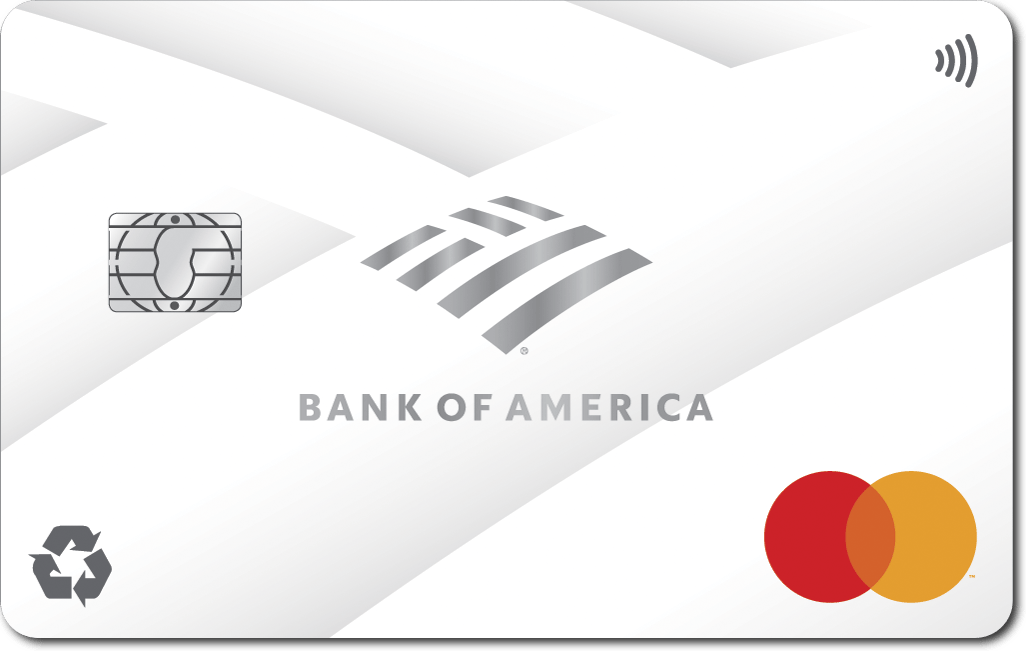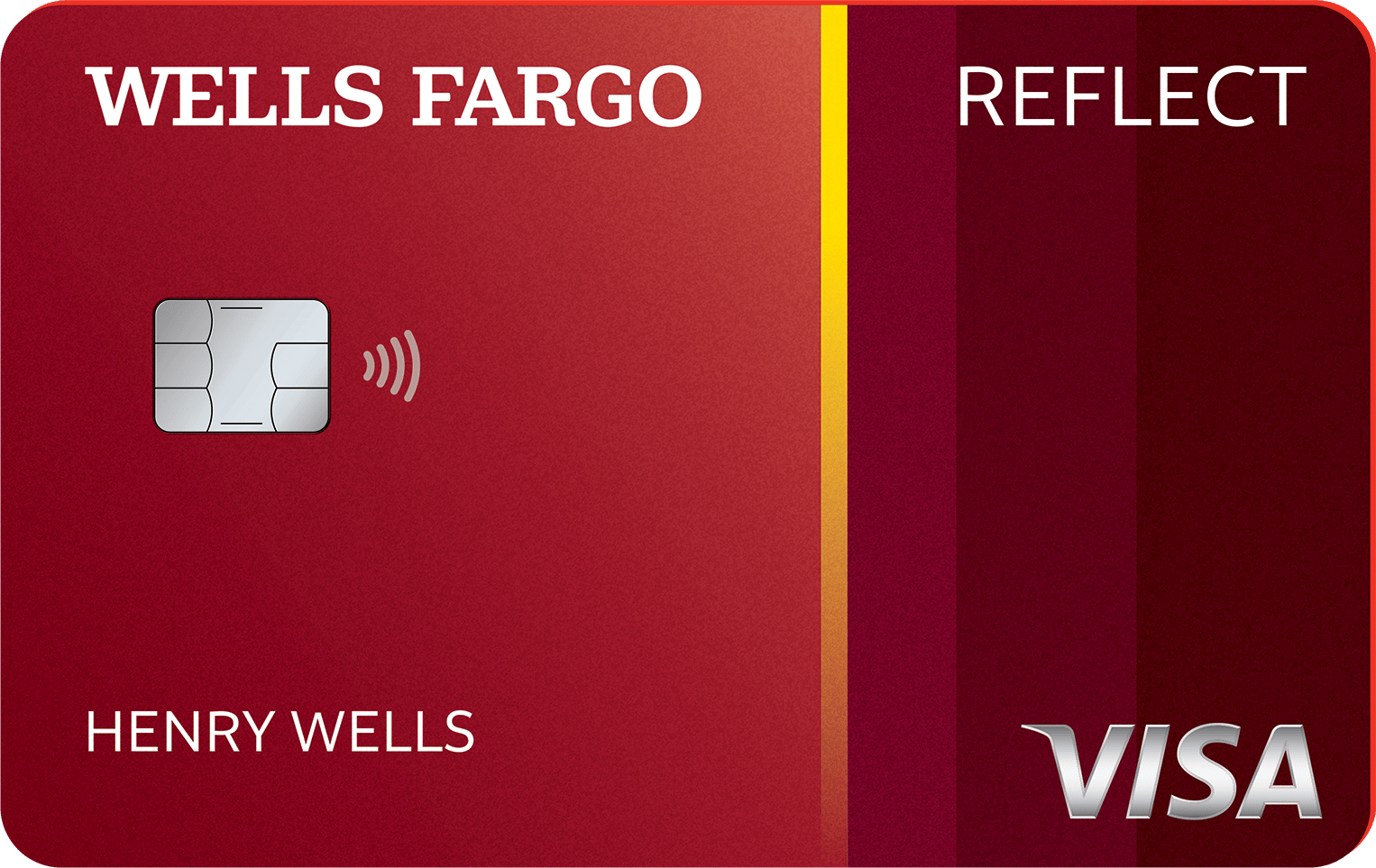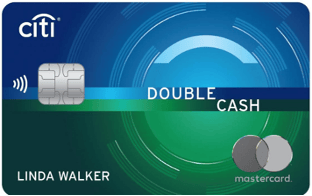
Balance Transfer Credit Cards: When to Use Them and How They Can Help Pay Off Debt
A balance transfer moves debt from a high-interest credit card to one with a lower rate, typically offering a 0% introductory APR. During this promotional period, your entire payment goes toward reducing the principal debt instead of interest charges.
Best candidates for balance transfers are those who:
- Have good to excellent credit (typically 690+ score)
- Carry debt that would take several months to pay off
- Currently pay high interest rates on credit card debt
- Can make a plan to pay off the balance during the 0% period
Important considerations before transferring:
- Balance transfer fees typically range from 3% to 5%
- You usually can't transfer between cards from the same issuer
- Credit limits may be lower than your total debt amount
- The 0% APR period is temporary

Woman using tablet device
How to complete a balance transfer:
- Apply for a card with 0% intro APR on transfers
- Initiate the transfer through your online account or phone
- Wait for the transfer to process (up to 2 weeks)
- Make regular payments during the 0% period
Ideal balance transfer cards offer:
- 0% intro APR period (12-21 months)
- No annual fee
- Low balance transfer fee
- Additional rewards or benefits for long-term value

Bank of America flat credit card

Wells Fargo Reflect Card

Discover it card front side

Chase Freedom Unlimited credit card

Wells Fargo Active Cash card
Consider alternatives if:
- You can pay off the debt within 3 months
- You don't qualify for good 0% APR offers
- The transfer fee exceeds potential interest savings
- A personal loan might offer better terms
Success with a balance transfer requires disciplined spending habits and a solid repayment plan to avoid accumulating new debt while paying off the transferred balance.